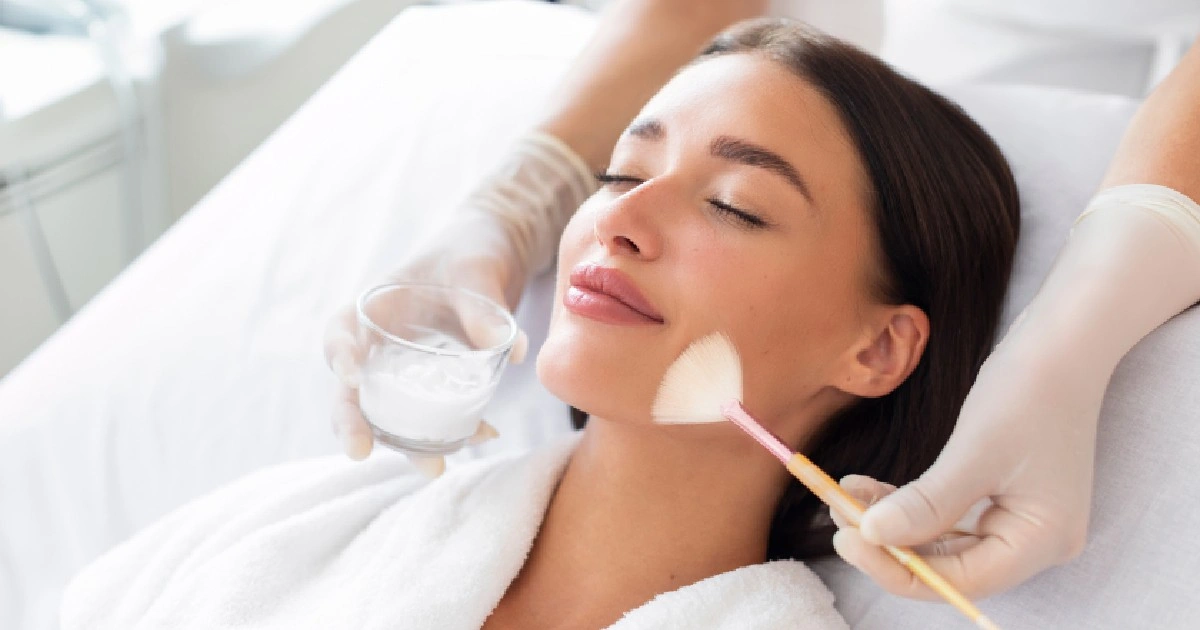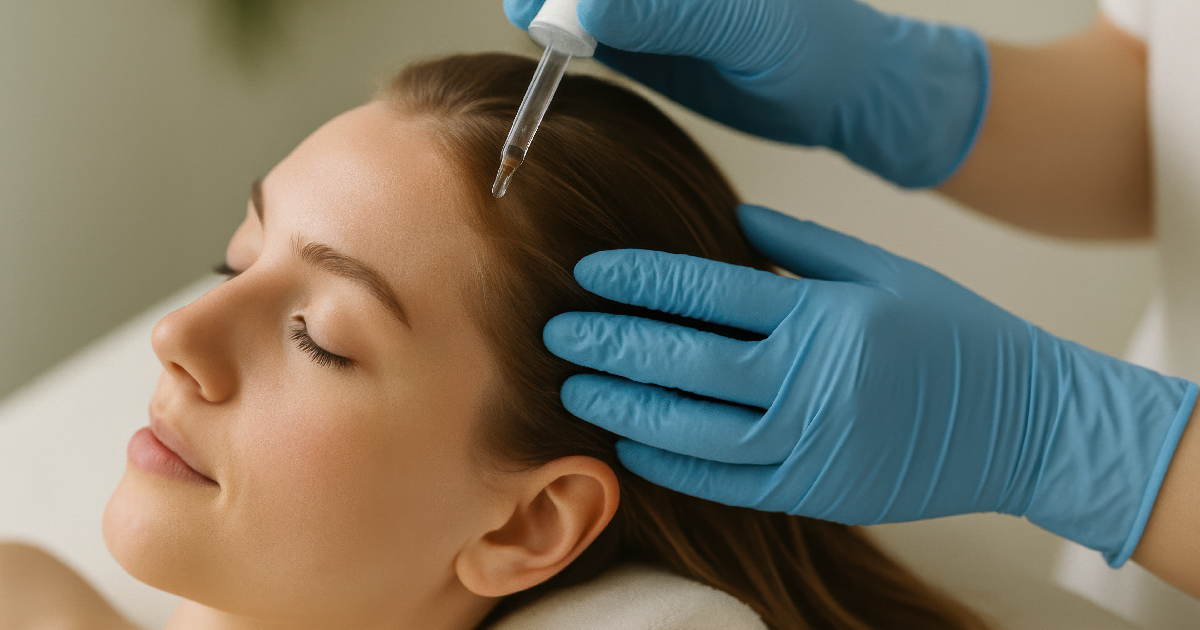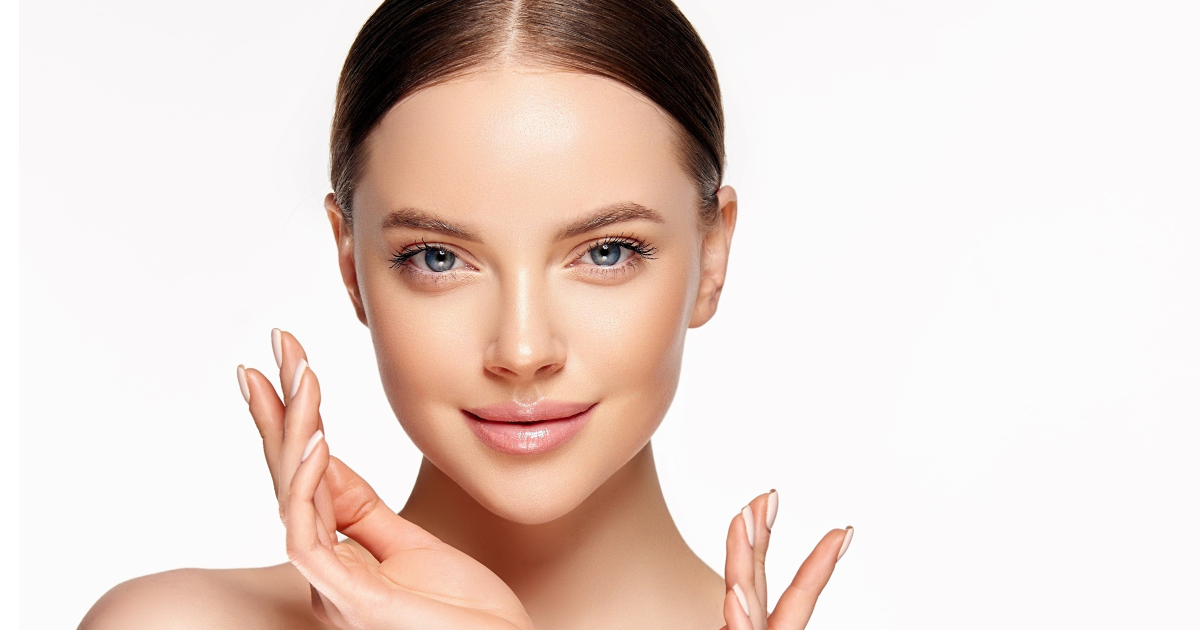Table of Contents
- What Are Botox and Dysport?
As we age, fine lines and wrinkles become inevitable. Botox and Dysport have become go-to treatments for cosmetic procedures for those seeking to maintain a youthful appearance.
Both are highly effective in reducing dynamic wrinkles, such as crow’s feet, forehead lines, and frown lines, but understanding the differences can help you make an informed decision.
In this post, we’ll explore the similarities and differences between Botox and Dysport, the benefits of each, and how to choose the right option for your specific needs.
What Are Botox and Dysport?
Botox and Dysport are neuromodulators that temporarily block nerve signals to the muscles, preventing them from contracting.
By doing so, they reduce the appearance of wrinkles caused by repetitive facial movements, like smiling or frowning. These dynamic wrinkles, which include crow’s feet and forehead lines, are the most commonly treated using these injectables.
Both treatments are non-surgical and minimally invasive. They provide quick results with little to no downtime. The injections are made of botulinum toxin type A, which relaxes the muscles responsible for wrinkle formation.
While Botox and Dysport work similarly, they have subtle differences that can make one more suitable for specific individuals.
How Do Botox and Dysport Work?
Both Botox and Dysport block the nerve signals that cause facial muscles to contract. This temporary paralysis relaxes the muscles, leading to smoother skin and fewer wrinkles.
Botox Explained
Botox has been a well-known name in aesthetic treatments for decades. It is FDA-approved for treating forehead lines, crow’s feet, frown lines, and conditions like excessive sweating (hyperhidrosis) and migraines. Botox treatment typically requires a smaller amount of product compared to Dysport, making it highly concentrated.
Dysport Explained
While similar in function, Dysport is formulated with smaller protein molecules, which allows it to spread more quickly over larger areas. This makes it an ideal option for individuals looking to treat broader areas like the forehead.
What Areas Can Be Treated?
Botox and Dysport can treat similar areas, making them versatile treatments for various concerns.
Common Treatment Areas:
- Forehead lines: The horizontal lines that appear when raising your eyebrows.
- Frown lines: The vertical lines that form between your eyebrows when frowning.
- Crow’s feet: The fine lines that appear at the outer corners of your eyes when smiling.
- Excessive sweating (hyperhidrosis): Botox and Dysport effectively reduce underarm sweat.
- Migraines: Botox has been FDA-approved for treating chronic migraines. It provides relief by blocking nerve signals associated with headaches.
Botox vs. Dysport: Key Differences
Although Botox and Dysport are pretty similar in their formulation and purpose, they differ in key ways that may influence your decision.
- Concentration and Spread
Botox is more concentrated, meaning it stays closer to the injection site. This precision is beneficial for targeting smaller areas or fine lines. Dysport, on the other hand, spreads more easily across larger treatment areas, making it a good option for individuals with extensive wrinkles or broader areas of concern.
2. Onset of Results
Both treatments offer relatively quick results, but Dysport tends to work slightly faster. Patients may start seeing noticeable improvements within 2-3 days after treatment, while Botox results may take about 3-5 days to become apparent. This can decide if you’re looking for a quick turnaround for an event or special occasion.
3. Duration of Results
One of the most common questions asked about Botox and Dysport is how long the effects last. On average, both treatments last about 3-4 months. However, some patients report that Dysport may last slightly longer, particularly for more extensive treatment areas. Regular maintenance treatments can help extend and maintain your results over time.
4. Dosage Differences
Because Dysport spreads more efficiently, it typically requires a higher dosage compared to Botox. However, this does not necessarily mean that Dysport is less effective. The higher dosage is due to its formulation and diffusion rate, making it ideal for treating larger surface areas.
Benefits of Botox and Dysport at Vida Aesthetics and Wellness
At Vida Aesthetics and Wellness in Houston, TX, we offer Botox and Dysport treatments tailored to your needs and aesthetic goals. Whether you’re looking to reduce the appearance of wrinkles, address excessive sweating, or smooth out fine lines, these treatments provide a non-surgical, minimally invasive solution.
Key Benefits Include:
- Reduces dynamic wrinkles: Smoothes out frown lines, forehead wrinkles, and crow’s feet.
- Non-invasive: Both treatments require no surgery, incisions, or downtime.
- Quick and convenient: A typical session lasts 10-15 minutes, with minimal discomfort.
- Minimal downtime: You can return to your daily activities immediately after the procedure.
- Long-lasting results: Results typically last 3-4 months, providing sustained improvement with regular treatments.
Is the Treatment Safe?
Botox and Dysport are FDA-approved and considered safe when administered by a qualified, experienced provider. Mild side effects such as redness, swelling, or bruising may occur at the injection site but usually resolve within a few days.
Does the Treatment Hurt?
The procedure is quick and relatively painless, often compared to a pinprick. If you are concerned about discomfort, a topical numbing cream can be applied before the injections to ensure a more comfortable experience.
When Will I See the Results?
As mentioned earlier, results can be seen within a few days after the treatment. Dysport tends to show results faster, with improvements noticeable as early as 2-3 days, while Botox takes about 3-5 days. Both provide noticeable, natural-looking results that improve with time as the muscles relax.
Can I Combine Botox or Dysport with Other Treatments?
Botox and Dysport can be combined with other cosmetic treatments, such as dermal fillers, for a more comprehensive facial rejuvenation. Combining treatments can achieve a more balanced and youthful appearance, addressing wrinkles and volume loss.
Post-Treatment Care and Downtime
Following your provider’s post-care instructions ensures the best results after your Botox or Dysport treatment. This usually involves avoiding strenuous activity, staying out of the sun, and not lying down for a few hours after treatment.
There’s minimal downtime, and most patients can resume their regular routine immediately after their session.
Choosing Between Botox and Dysport
The decision between Botox and Dysport ultimately depends on your aesthetic goals, the areas you want to treat, and your provider’s recommendation. During your Vida Aesthetics and Wellness consultation, our team will assess your needs and suggest the best treatment plan.
If you are unsure which treatment is right, remember that Botox and Dysport are effective solutions for dynamic wrinkles. The differences are subtle enough that either option can deliver excellent results.
Achieve a Youthful Glow with Botox or Dysport
Botox and Dysport offer highly effective ways to reduce the looks of fine lines and wrinkles, helping you achieve a smoother and more youthful appearance.
Understanding the differences allows you to decide based on your skin type, aesthetic goals, and the areas you want to address.
Ready to rejuvenate your appearance? Book Your Botox Appointment for a Youthful Glow! Let our skilled professionals help you achieve the results you’ve been dreaming of.






